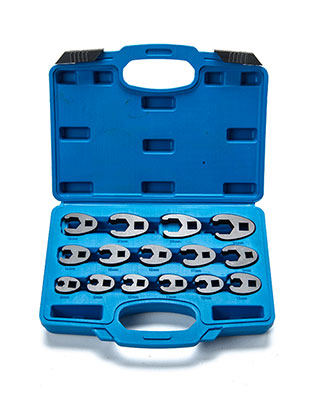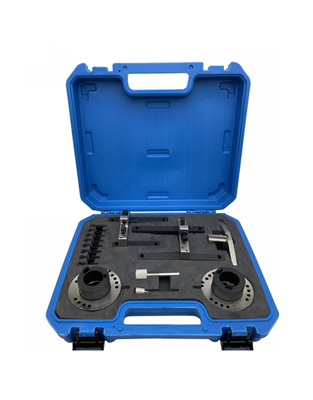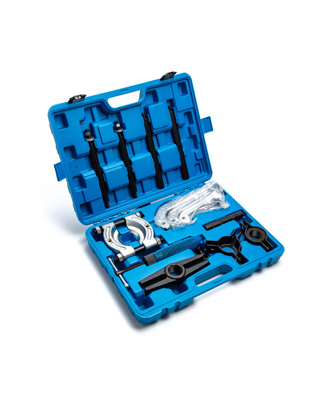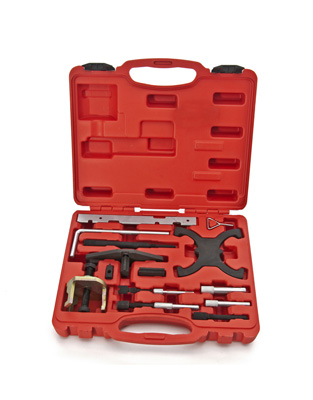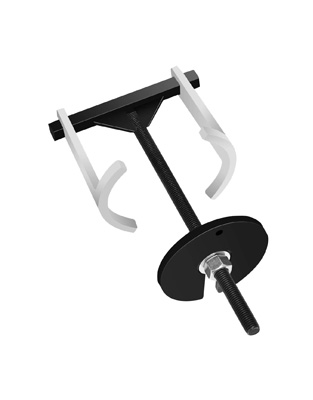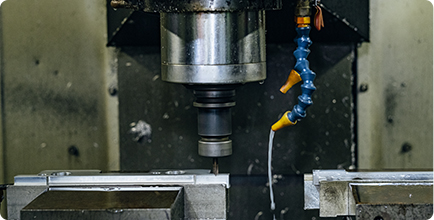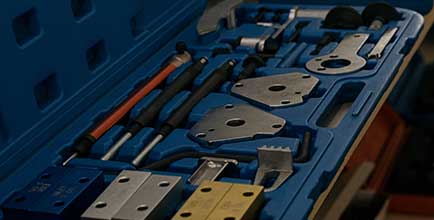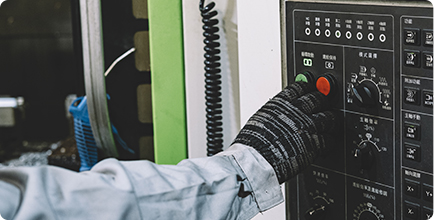A power steering puller is a specialized tool used to remove the power steering pump pulley from the power steering pump on many vehicles. The power steering pump pulley is typically pressed onto the shaft of the power steering pump, and removal can be difficult without the right tool.
Check whether the steering of the power steering device of the car is brisk , which is the method of checking the working performance of the power steering device of the car . Park the car on the flat grounds, with the two wheels in the straight-ahead position , the air pressure is normal , and the engine is running at idle speed . Use a spring pestle to check that the pulling force of the steering wheel rotating around the middle position to the left and right should not be greater than the specified value . For example , light vehicles are generally not greater than 40N , and heavy vehicles are generally not greater than 70N . If the tension is too high , it may be that the oil pump pulley is loose or damaged , the oil is insufficient , there is air in the oil , the hose is compressed or twisted , the oil pump or pressure limiting valve is faulty , resulting in insufficient oil pressure , or the control valve , power cylinder , etc . Leakage So fix it in time .
Precautions for disassembly and assembly of power steering device:
The hydraulic components of the power steering device are precisely processed, finely assembled and debugged, and generally do not disassemble at will during use and maintenance. Even for a car overhaul, check the performance of the system. If the technical condition is not good, there is no need to dismantle it. Because the disassembly is easy to damage the seal, if the parts of the precision matching pair such as the control valve are not carefully disassembled, they will be damaged. If it is necessary to disassemble and repair due to the deterioration of the technical condition, it shall be disassembled and assembled according to the regulations in the repair manual of each model. Also you need to use the right and professional power steering puller to work well. Using a power steering puller can make the process of replacing the power steering pump or performing other repairs to the power steering system much easier and faster than attempting to do it by hand. It can also help to prevent damage to the pulley or other components during the removal process.
General precautions for power steering gear disassembly and assembly are as follows:
(1) Be careful during disassembly and assembly, especially to prevent the control valve spool from skewing during disassembly and assembly, so as not to bump and scratch the working surface of the parts.
(2) Special attention should be paid to the protection of seals, such as oil seals, seal rings, piston rings, etc. Avoid scuffing or scratching the work surface when navigating corners, splines and threads. If necessary, use tools such as guide sleeves to disassemble and assemble (the O-ring should not be deformed after it is installed in place.
(3) After disassembly, assembly and commissioning, the oil holes on the hydraulic components waiting to be installed on the steering pump, control valve and power cylinder, as well as the disassembled hydraulic pipe joints, should be blocked with special plugs or wrapped with plastic film at any time, and must not be blocked with cotton yarn to prevent sediment, dust and cotton yarn from entering the components and systems.
(4) When assembling hydraulic components, the parts should be kept clean. Rubber seals should be cleaned with hydraulic oil or alcohol, but not gasoline or kerosene. The cleaned parts should be dried with compressed air, and it is not allowed to wipe with cotton gauze. When assembling, a small amount of hydraulic oil should be applied to the surface of the parts.
Overhaul of main components of power steering device:
After inspection, the main components of the power steering device do not meet the requirements. Generally, the assembly and parts are replaced as a whole, rather than repaired. Only when individual seals are damaged can they be repaired by replacement.
(1) Check whether the power steering gear casing is leaking oil, if oil leaks, replace the oil seal; if the bolt is loose, it should be tightened.
(2) Check whether the bearing is loose. If loose or not, adjust wear tolerance and replace.
(3) Check whether the contact surface between the steering control valve oil seal and the shaft is worn, ablated or notched, and if so, replace the steering shaft. The oil seal should be replaced due to aging and deformation, and the sealing ring on the steering control valve should be checked for excessive wear and tear. If there is, it should be more airtight.
(4) Check the wear and damage of the front and rear casings of the oil pump, and observe whether there are cracks. If so, the oil pump should be replaced.
(5) Check whether there is any dirt in the groove where the blade of the oil pump rotor is installed, and if so, please clean it up.
(6) Check the surface of the oil pump rotor and stator for severe ablation and wear, and replace the oil pump if any.
(7) When the wear of the matching pair, especially the wear of the precision matching surfaces such as the valve core and valve body of the control valve exceeds the specified wear, and the wear of the power cylinder exceeds the limit and there is obvious strain, the assembly and parts should be replaced.
 EN
EN










